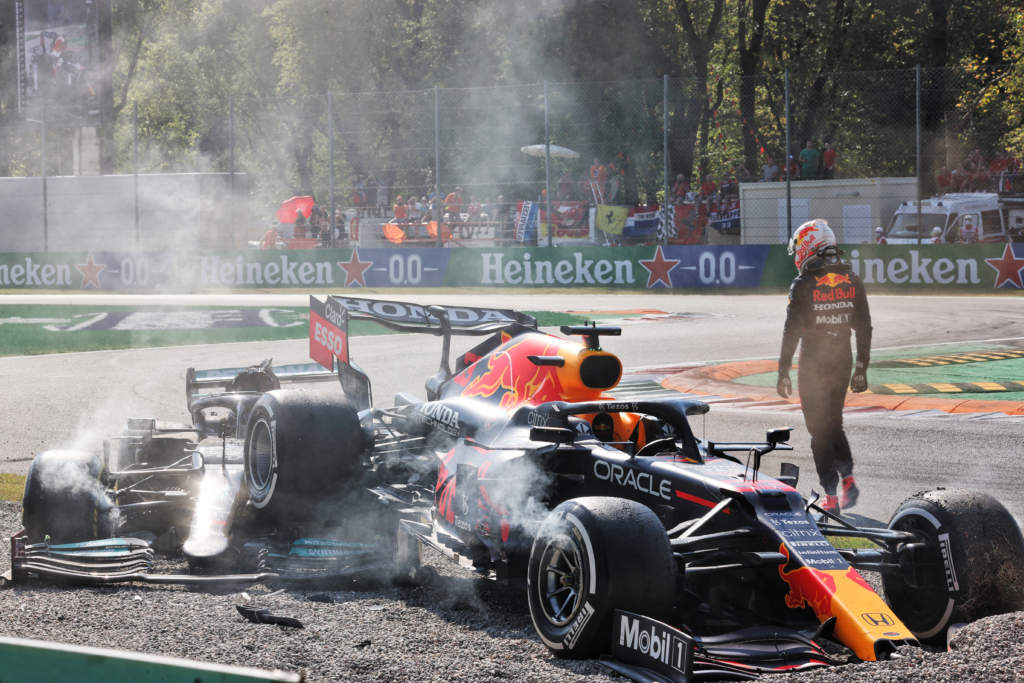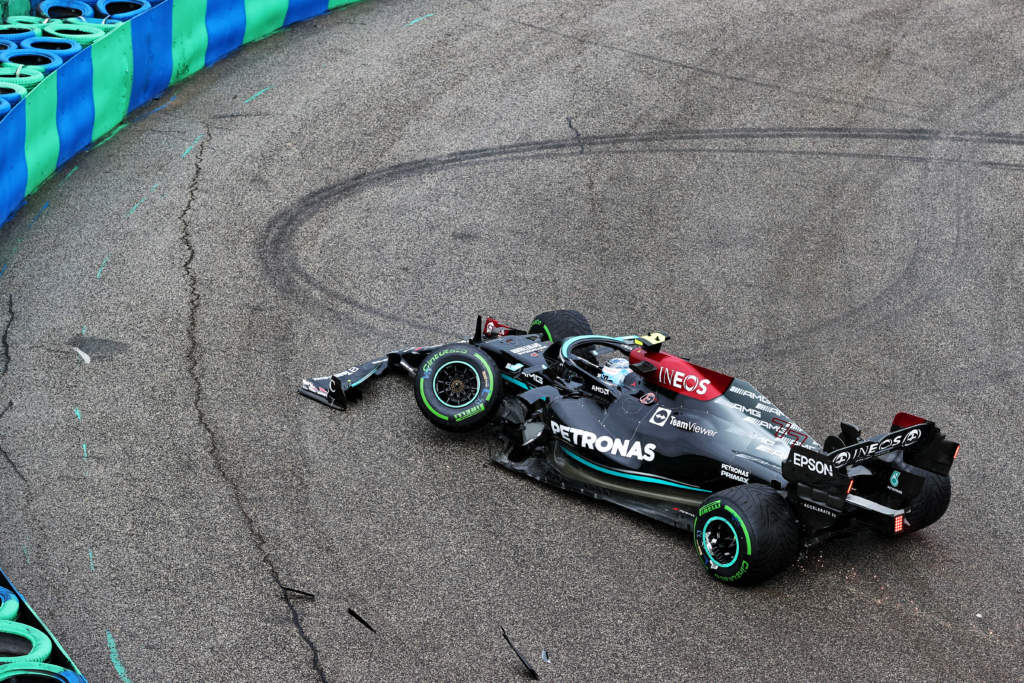Up Next

Max Verstappen would have received a time penalty rather than a future grid penalty had he not retired in his Italian Grand Prix crash with Formula 1 title rival Lewis Hamilton.
Verstappen and Hamilton were both eliminated from Sunday’s race at Monza on the spot when they collided at the first chicane.
Championship leader Verstappen went around the outside of Hamilton through the first part of the corner but hit the kerb on the inside of the left-hand part and ended up on top of the Mercedes.
The stewards deemed Verstappen was predominantly to blame and issued him a three-place grid penalty for the next race in Russia and two licence penalty points for causing the collision.
This is the second time the two title rivals have collided this season and a penalty has been issued, with Hamilton on the receiving end of a punishment at the British Grand Prix when Verstappen was sent into the barriers at high speed.
On that occasion though, Hamilton continued and received a 10-second time penalty. He lost three places but was able to recover and went on to win the grand prix.
Red Bull criticised the leniency of the penalty at the time and even tried to get it reviewed and make it more severe, as it felt a grid penalty was more appropriate given Hamilton still managed to win.
But it is likely Verstappen would have received only a five-second penalty at Monza had he, like Hamilton at Silverstone, been able to continue after the incident.
“You need to look at it on the basis of if they had continued, what would have been the time penalty in the race,” said FIA race director Michael Masi.
“At Silverstone, you can’t compare them at all. You’ve got two cars taken out in one incident versus one car taken out in another incident.

“[At Monza] they stopped, they could not continue to serve the penalty. So, a grid penalty, as we’ve seen, is what’s applied for this year, as we’ve agreed with all of the teams.
“It’s applied when someone doesn’t continue.”
Being given a three-place grid drop, as opposed to more, indicates the stewards determined Verstappen’s offence merited a more lenient punishment.

Applying the punishment based on whether a driver continues in a grand prix was also the case for Valtteri Bottas and Lance Stroll when they received grid penalties for the Belgian Grand Prix for causing first-lap accidents in Hungary that also forced their own retirement.
A similar principle is applied to late-race penalties when time is a factor.
If there is not time for a driver to serve a penalty during the grand prix then offences that would usually be met with a drivethrough or a stop-go penalty are instead converted to time penalties post-race.
The upshot of the Hamilton/Verstappen crash in Italy is that Verstappen continues to lead the world championship.
He will now start no higher than fourth at the Russian Grand Prix at Sochi, a track Red Bull is expecting to suit Mercedes anyway.






